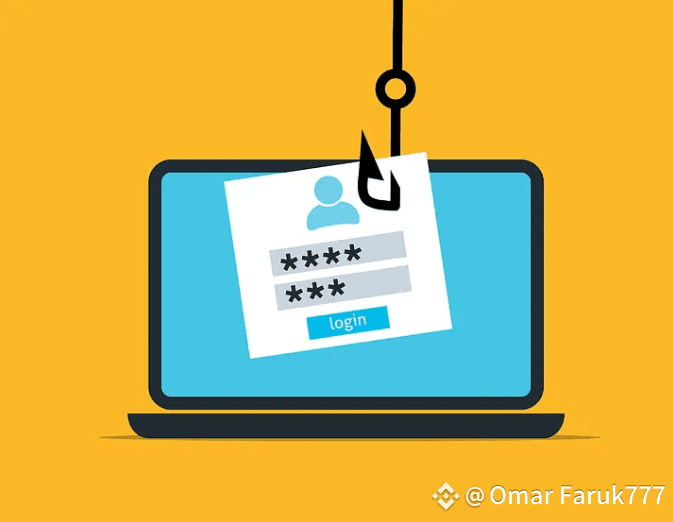
In 2025, crypto scams have become even more sophisticated. They reveal themselves in the forms of legitimate startups and crypto influencers, and with generative AI, these scams have become just alarming.
For these reasons, crypto investment safety tips are no longer optional. They’re survival tools as long as you’re in crypto. In essence, you need to know these latest crypto scam tactics and how to avoid them. So whether you’re just about dipping your toes into crypto, a seasoned trader, or a long term investor, this post will walk you through the top 5 crypto scams in 2025 and of course how to avoid them.
Top 5 Crypto Scams in 2025
1. Fake Airdrops & Phishing Links:
Zoom image will be displayed
Scammers now impersonate real projects offering “airdrops.” This strategy is very popular in crypto. Trust me, if the identities of the account or project are unknown or unverified, it’s probably a scam, so run as fast as you can. These scammers lure users through phishing links shared via Twitter, Discord, or Telegram, tricking them into connecting their wallets. Not clicking random links on social media platforms is one of the safest crypto investment safety tips.
How to Avoid:
1. Never click on random airdrop links.
2. Verify announcements from the official website or verified accounts.
3. Use tools like WalletGuard or Rabby to flag suspicious transactions.
2. Rug Pulls in DeFi Projects:
In 2024, several new DeFi tokens launched on Solana were found to be scams or abandoned within weeks. These so-called projects gain traction fast and then vanish overnight with investor funds leaving them with nothing but frustration and loss. This type of scam is called a rug pull.
How to Avoid:
1. Research the project’s team, tokenomics, and audits.
2. Avoid projects with anonymous founders.
3. Use platforms like De. Fi or RugCheck to assess risks.
3. Fake Influencers and AI Impersonators:
Deepfakes are now used to create AI-generated videos of trusted crypto leaders like Vitalik Buterin, Elon Musk, Trump or CZ, promoting shady investments. If you’re an active user of Twitter, you might have found catfish accounts of these individuals promoting tokens or projects. Do not fall for them!
How to Avoid:
1. Look for verified accounts and official announcements.
2. Cross-check news on CoinDesk, Cointelegraph, or the project’s blog.
3. Be skeptical of “too good to be true” videos.
4. Ponzi Tokens on Telegram & WhatsApp:
If you’ve ever been promised a double of your coins in 24 hours, the result is that you’d never see your coins again.
This particular scam plays on FOMO, emotions, and peer influence. You’re added to a group, shown proof of payments, and pressured to join. Do not listen to them. If you’re in crypto, you’re already smart so don’t let anyone fool you.
How to Avoid:
1. Ignore unsolicited messages.
2. Stay off investment groups that aren’t moderated by verified platforms.
3. Use scam-reporting bots on Telegram to warn others.
5. Fake Regulatory Emails & KYC Phishing:
If you get any email from your exchange asking you to “Click here to verify your identity or login to your account," many times, it’s fake, especially if you didn’t do anything. In this situation, the only thing you need to do is Do Nothing! Because once you click on anything, your wallet or credentials may be compromised.
How to Avoid:
1. Always check the sender’s domain.
2. Never submit KYC info unless through verified platforms.
3. Use multi-factor authentication and email filters.
Final Thoughts:
Crypto in 2025 has proven that crypto scams are no longer just phishing schemes but full-blown operations. However, with the right knowledge and tools, you can protect your assets and peace of mind. Stay safe out there.
